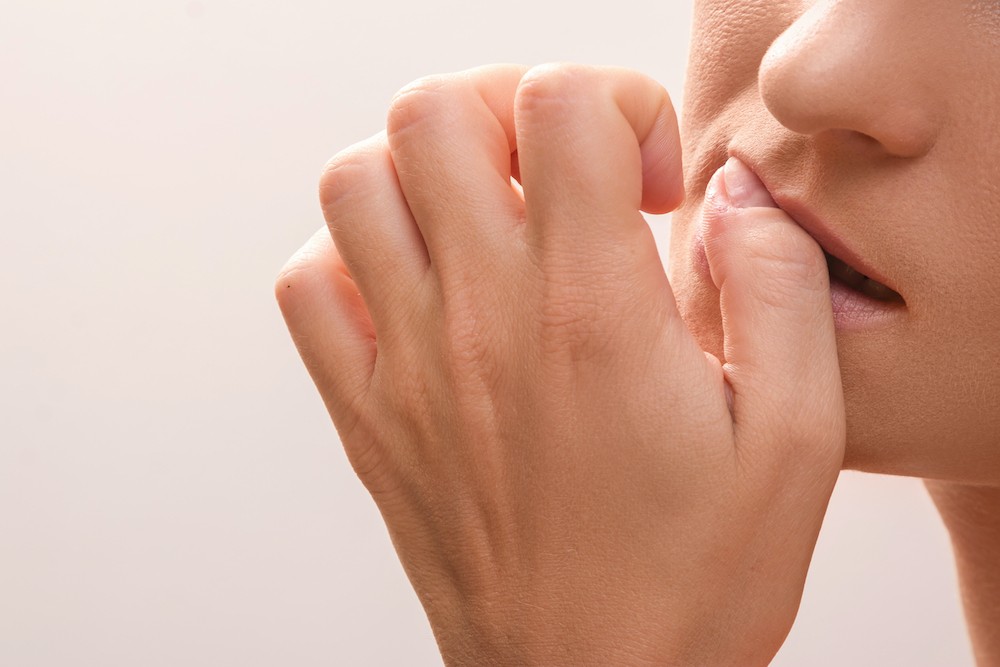Five types of OCD and how CBT can help

The World Bank and World Health Organisation both rank OCD as the tenth leading cause of disability, and with around 36,000 people living with the condition in Wales alone, sufferers often seek out CBT techniques to help treat their thoughts and behaviours.
For us here at Onebright, CBT is a fast and effective treatment of OCD and are delighted that 92 per cent of our clients reach full recovery from OCD.
As an anxiety disorder where the symptoms manifest in the form of distressing and intrusive thoughts, accompanied by behaviours aimed at trying to neutralise the thoughts or feared consequences, behavioural therapy works by helping to change these thoughts and behaviours in more constructive directions.
In this piece, we will be outlining the five main types of OCD and how CBT can help to overcome the symptoms.
1) Checking
OCD sufferers with checking compulsions often obsess about the possibility of damage or harm. As a result, they will carry out checks multiple times, sometimes lasting for hours or even longer. This subsequently has a significant impact on the sufferer’s life as it results in them being late and finding it challenging to maintain jobs and relationships.
Some of the most common obsessive checking compulsions include reassurance that their fears are legitimate, ensuring doors and window are locked, or that household appliances such as stoves and ovens, hair straighteners and taps are switched off.
2) Contamination / mental contamination
This compulsion is derived from the obsessive fear of being dirty or contaminated. The response to this fear is to wash or clean in a ritualistic manner excessively. Typically, sufferers would be worried about situations such as eating out, shaking hands, having sex, having to use facilities such as public restrooms or touching door handles and staircase bannisters.
With mental contamination, the sufferer usually internalises their feelings of uncleanliness and may repeat thoughts – words or images to try and neutralize the sense of being unclean.
3) Symmetry and ordering
This compulsion stems from the sufferer’s need to have perfect surroundings in order to prevent discomfort or stop something terrible from happening. With this particular form of OCD, sufferers will spend a lot of time ensuring their surroundings are neat, objects are perfectly aligned, and household items are organised in a specific manner.
4) Ruminations / intrusive thoughts
Ruminations and intrusive thoughts focus on the sufferer’s obsessive and repetitive thought processes. These thoughts can often be disturbing, horrific and explicit in their nature and can involve the following subjects: relationships, religion, violence, sex, aspects of the body and its functions.
5) Hoarding
OCD sufferers who have the compulsion to hoard specific objects will usually do so because of a specific worry or fear. The sufferer can struggle with the idea of disposing of objects that no longer work, have little or no monetary value or are generally worn out. The sufferer tends to hold a significant emotional attachment to these items and can find it challenging to organise the objects within their house, causing their home to become inhabitable.
Recent researchers have classified hoarding as a disorder in its own right.
How CBT treats OCD
Individuals that seek cognitive behavioural therapy for their OCD will be given the opportunity to work with their therapist to help them understand some of the repetitive thoughts and behaviours that are feeding their OCD.
The therapist will work with the patient to understand how learned experiences and past events have helped shape their current beliefs and assumptions. Once these have been identified and explored, the therapist will then treat the patient using a combination of the following methods:
- Psychoeducation – This approach helps patients better understand their condition
- Formulation of the client’s specific OCD symptoms and maintenance cycle.
- Creating a hierarchy of feared situations.
- Exposure and response prevention – A practice that gradually encourages patients to confront situations that cause anxiety. This is introduced gradually and works by only exposing patients to situations where they can tolerate their levels of anxiety.
- Behavioural experiments – This allows patients to actively test out their beliefs and assumptions. For example, if a patient believed they would be at high risk of contracting particular germs or disease by shaking someone’s hand or using a public restroom, they would be encouraged to conduct research that gives them an understanding of the likelihood and possibility of their thoughts or beliefs manifesting into reality.
- Cognitive restructuring – This process works by teaching patients how to identify and challenge their irrational thoughts or cognitive distortions.
Onebright for a formal mental health diagnosis
As with most anxiety-based conditions, it can often be hard for sufferers to either identify when it is time to get help or even gain the courage to seek help. It is important to realise that when it comes to OCD, it is important to seek help when the condition is making it hard to maintain a healthy and balanced lifestyle. This includes maintaining close relationships and being able to conduct daily activities such as going to work or running necessary errands.



